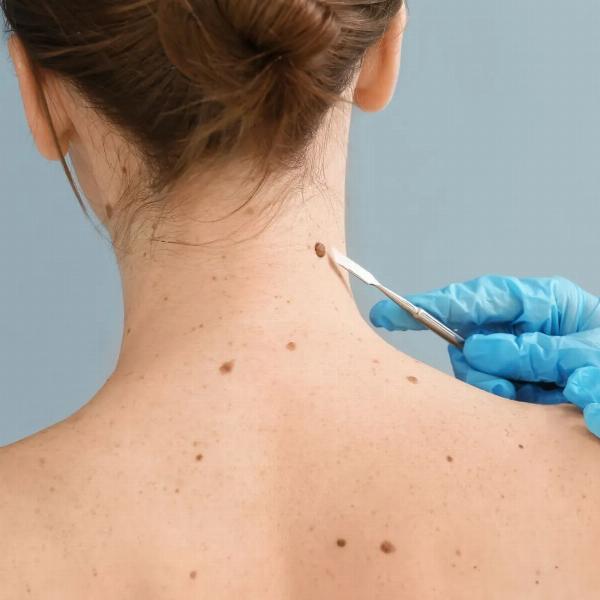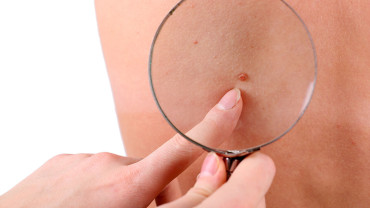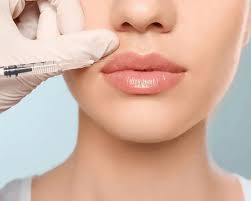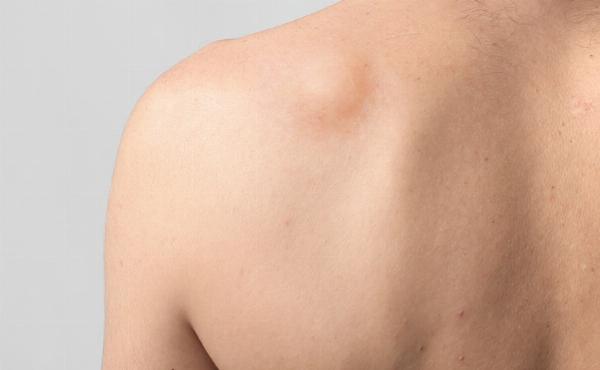 Bulk Content Creation – Scale Without Sacrificing Quality!
Bulk Content Creation – Scale Without Sacrificing Quality!
Uncover the Secrets of Successful Rhinoplasty
Written by Dynamic Clinic » Updated on: June 17th, 2025

Rhinoplasty—often referred to as a nose job—has become a pivotal aspect of cosmetic surgery, appealing to individuals seeking to enhance their facial harmony. It provides the opportunity not only to reshape one's nose for aesthetic reasons but also to improve functional aspects like breathing. This article will explore the Rhinoplasty in Dubai, detailing each step from the initial consultation to the recovery process and everything in between.
Understanding Rhinoplasty
Rhinoplasty is a surgical procedure designed to modify the shape and size of the nose. Whether you wish to correct a nasal deformity, reduce a prominent nasal bridge, or refine the tip, rhinoplasty aims to elevate your beauty and restore confidence. This procedure can be performed for various reasons, including:
Aesthetic Goals: Patients often pursue rhinoplasty for improved symmetry and balance with other facial features. A well-proportioned nose can significantly enhance one’s overall appearance.
Functional Improvement: Many individuals suffer from breathing difficulties due to structural issues within the nose, such as a deviated septum. Rhinoplasty can address these concerns while also refining the nasal aesthetics.
Reconstructive Needs: Those who have experienced trauma or have congenital deformities may also benefit from rhinoplasty. The procedure can help restore the nose’s functional and aesthetic aspects.
The Initial Consultation
The journey begins with a consultation with a board-certified plastic surgeon specializing in rhinoplasty. This meeting is crucial for setting clear expectations and building a rapport with your surgeon.
What to Expect in the Consultation:
Discussing Goals: Patients should come prepared to discuss their aesthetic desires. Sharing photographs of inspiring nose shapes can help convey personal preferences.
Medical History Review: Your surgeon will review your medical history, including any previous surgeries, allergies, and current medications. This information is vital for ensuring your safety during surgery.
Evaluation: A physical examination of your nose and facial structure will be conducted. The surgeon may use digital imaging software to show potential outcomes, helping align your expectations with realistic results.
The Types of Rhinoplasty Techniques
Rhinoplasty can be performed using various techniques. The choice of method depends on the specific goals and unique anatomical features of the patient.
Open Rhinoplasty: This method requires an incision across the columella—the small strip of tissue between the nostrils. It allows for greater visibility and access to the nasal structures, making it an ideal choice for complex adjustments.
Closed Rhinoplasty: All incisions are made inside the nostrils, which preserves the outer appearance of the nose. This method usually results in minimal scarring and is suitable for less complex adjustments.
The Surgical Procedure
Rhinoplasty is typically performed under general anesthesia, allowing patients to remain comfortable during the procedure. Depending on the complexity, the surgery may last anywhere from one to three hours.
Procedure Overview:
Incisions: The surgeon will carefully create incisions based on the chosen technique.
Nasal Reshaping: The surgeon will reshape the underlying structures—removing or rearranging bone and cartilage as needed. The goal is to achieve a balanced and aesthetically pleasing nose that complements your facial features.
Closing the Incisions: After the desired shape is achieved, the incisions will be closed with sutures. If necessary, packing or splints may be placed inside the nostrils to help stabilize the nose during the initial healing phase.
The Recovery Process
While the prospect of surgery can be daunting, understanding the recovery process can alleviate some anxiety. Post-operative care is critical to achieving the best results.
What to Expect After Surgery:
Swelling and Bruising: Swelling and bruising around the eyes and nose are common and may peak within 48 hours post-surgery. Most of the swelling will subside within two to three weeks, but some slight swelling might persist for several months.
Nasal Splint: A splint is often applied to provide support and protect the new shape of your nose during the initial healing period.
Activity Restrictions: For a smooth recovery, avoid strenuous activities for weeks and refrain from blowing your nose or wearing glasses that rest on the bridge of your nose.
Aftercare Tips:
Stay Hydrated: Drinking plenty of water aids in the healing process.
Follow Surgical Instructions: Adhere strictly to your surgeon’s post-operative care guidelines, including medications for pain and swelling.
Emotional Support: The emotional aspect of recovery can be significant. Seek support from friends and family who can help you remain positive throughout the healing process.
Realizing the Final Results
Initially, the transformation may not be fully visible due to swelling. However, as the healing progresses, you will begin to see the contours of your new nose emerge. Full results typically become evident within 6 to 12 months, as swelling resolves and tissues settle into their final positions.
Preparing for Your Rhinoplasty Journey
Preparing mentally and physically for a rhinoplasty can significantly impact your experience. Here are some practical steps to take before the procedure:
Research and Choose Wisely: Select a qualified, board-certified plastic surgeon with extensive experience in rhinoplasty.
Set a Realistic Timeline: Understand that recovery can vary; plan your surgery around significant life events or obligations.
Limit Activities: Arrange for someone to assist you during the early days of your recovery, ensuring you can focus on healing.
Conclusion
Rhinoplasty can be a life-changing journey that allows you to elevate your beauty and boost your self-esteem. By understanding each phase of the process and maintaining open communication with your surgeon, you’ll be well-equipped for a successful outcome. Through this transformative experience, many patients discover a renewed sense of self, and the confidence that comes with achieving their aesthetic goals can be truly empowering. If you’re considering rhinoplasty, embark on this journey with knowledge and patience, and embrace the exciting changes that await you.
Note: IndiBlogHub features both user-submitted and editorial content. We do not verify third-party contributions. Read our Disclaimer and Privacy Policyfor details.
Copyright © 2019-2025 IndiBlogHub.com. All rights reserved. Hosted on DigitalOcean for fast, reliable performance.

















